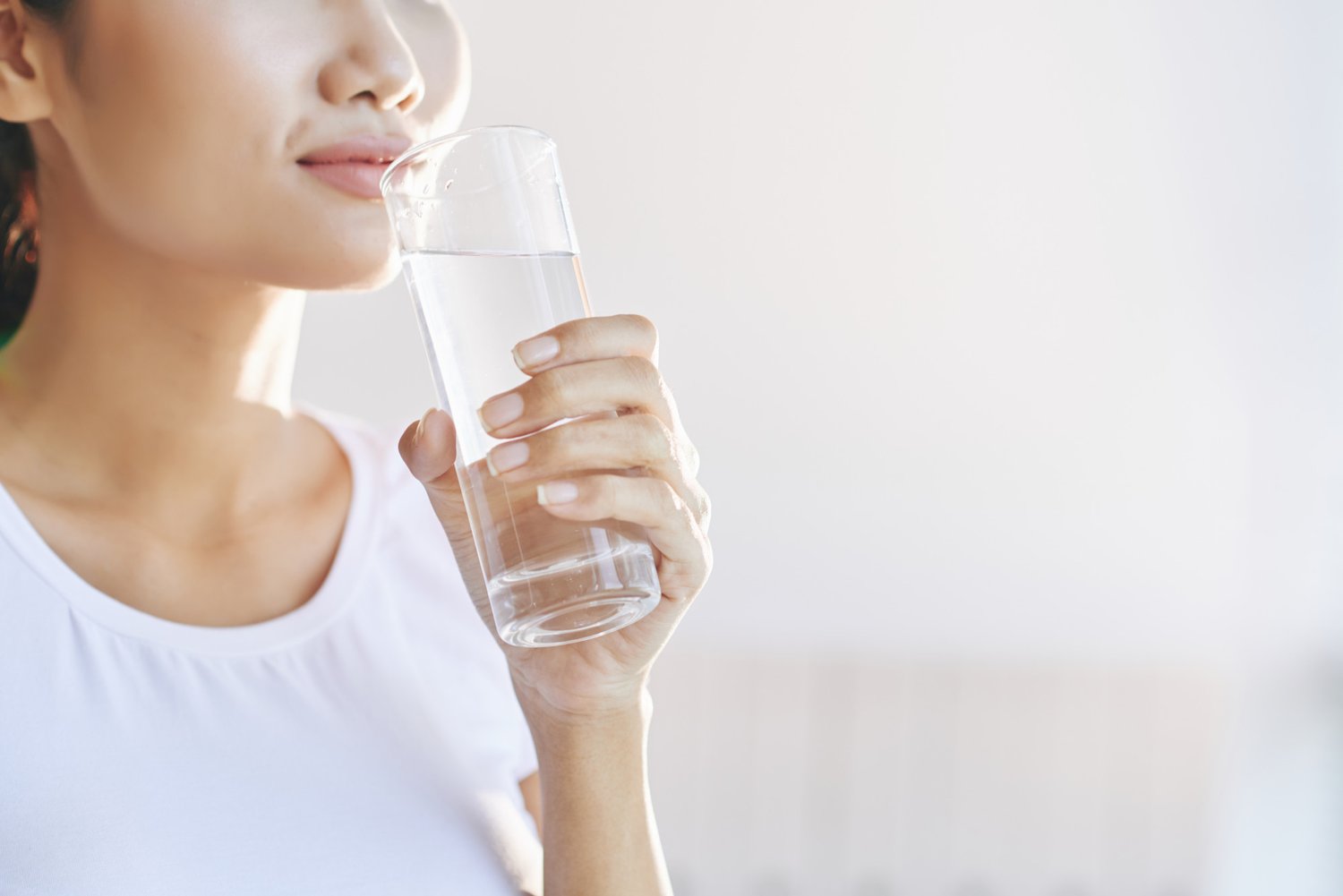Dry skin is a common complaint for most individuals. It is stunning to know that in the United States alone, 47% of the population suffers from dry skin, while only 28% are actually aware of it. (Stout, 2014). Although it sounds terrible, the above statement means that dry skin is something that is common and manageable with a few simple steps.

We must remember that the Skin on our body is an organ much similar to any other organ in the human body. Organs are made up of cells, and all human cells need water to function under normal circumstances. Basically, it would make sense that drinking adequate amounts of water on a daily basis would be sufficient to hydrate the skin cells and have you looking gorgeous (University of Wisconsin-Madison , 2016).
Don't we all wish it were that simple? The skin happens to be the last organ in the human body to absorb water, which means that if we are drinking slightly less than we should be, our skin is not receiving the adequate amount of water to maintain good skin hydration. This scientific fact proves that drinking more water as a method of skin hydration may improve skin hydration, but it is just not enough (Palma, 2015).
Luckily for us humans, the outer layer of our skin possesses high absorption capabilities. The World Health Organization defines this terminology as ‘Dermal Absorption’. Dermal Absorption is the process by which substances move from the outer surface of the skin to the inner surface of the skin. This process makes it easier to hydrate our skin with the use of carefully designed NATURAL skin hydration products (World Health Organization, 2006).
Therefore, ensuring adequate skin hydration mainly takes place through two key steps:
Drinking Water:
Although drinking water alone will not resolve the problem of dry skin, it is the perfect place to start. Studies have shown that individuals that drink at least three liters of water on a daily basis have better levels of skin hydration and overall skin health in comparison with individuals that consume less (Palma, 2015).
Natural Moisturizers:
Since drinking water alone is insufficient, the second step would be NATURAL moisturizers. Avoid any product that contains harmful substances as the long-term outcome could worsen the skin's dryness and possibly cause other skin problems.
There are several steps you can take to keep your skin hydrated:
- Avoid long exposure to dry air such as in an air-conditioning room.
- Avoid prolonged contact with hot or chlorinated water.
- Use a gentle / mild cleanser.
- Avoid using skin care products that contain alcohol.
- Moisturize immediately after a bath or after washing hands, and moisturize regularly throughout the day.
- And of course, drink enough water, and don’t forget to include fruits and vegetables in your healthy diet.
References
Stout, L. (2014). Are you suffering from dry skin? Retrieved from Daily Mail: http://www.dailymail.co.uk/femail/article-90646/Are-suffering-dry-skin.html
University of Wisconsin-Madison . (2016, September 11). The Benefits of Drinking Water for Your Skin. Retrieved from UW Heakth: http://www.uwhealth.org/madison-plastic-surgery/the-benefits-of-drinking-water-for-your-skin/26334
Palma, L. (2015). Dietary water affects human skin hydration and biomechanics. Clinical, Cosmetics and Investigational Dermatology, 8, 413-421.
World Health Organization. (2006). Dermal Absorption (EHC 235). Retrieved from WHO: http://www.who.int/ipcs/features/2006/ehc235/en/
Image by pressfoto on Freepik



Comments ()